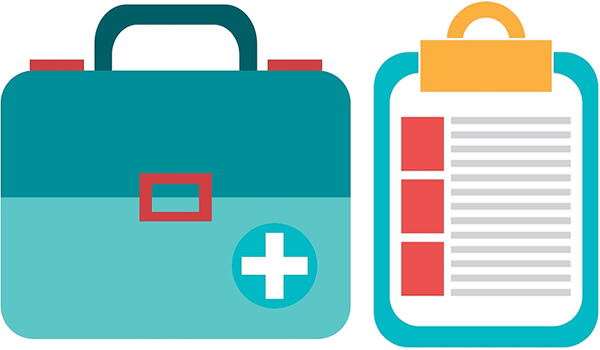Transcranial Magnetic Stimulation (TMS) is a non-invasive, FDA-approved treatment for depression and other neurological conditions that don't respond to medication.

How TMS Works
TMS uses magnetic pulses to stimulate specific brain regions involved in mood regulation, typically the left prefrontal cortex.
Approved Uses
- Major depressive disorder (MDD)
- Anxiety
- Obsessive-compulsive disorder (OCD)
- Smoking cessation (recent approval)
Advantages
- Drug-free treatment
- Outpatient and painless
- Minimal side effects
Common Side Effects
- Mild headache
- Scalp discomfort
- Dizziness during sessions
FAQ:
Q1: How long is a typical TMS session?
A: Around 20–40 minutes per session, five times a week for 4–6 weeks.
Q2: Is TMS effective for everyone?
A: It has high success rates for medication-resistant depression but results may vary.
User Comments:
“I felt a major shift in my mood after three weeks.” — Rachel K.
“It helped me reduce my antidepressant dosage.” — Leo D.
Editor’s Note:
TMS offers real hope for those living with depression—especially when traditional options fall short.
Tags: tms-treatment, depression-relief, non-invasive-brain-therapy, mental-health